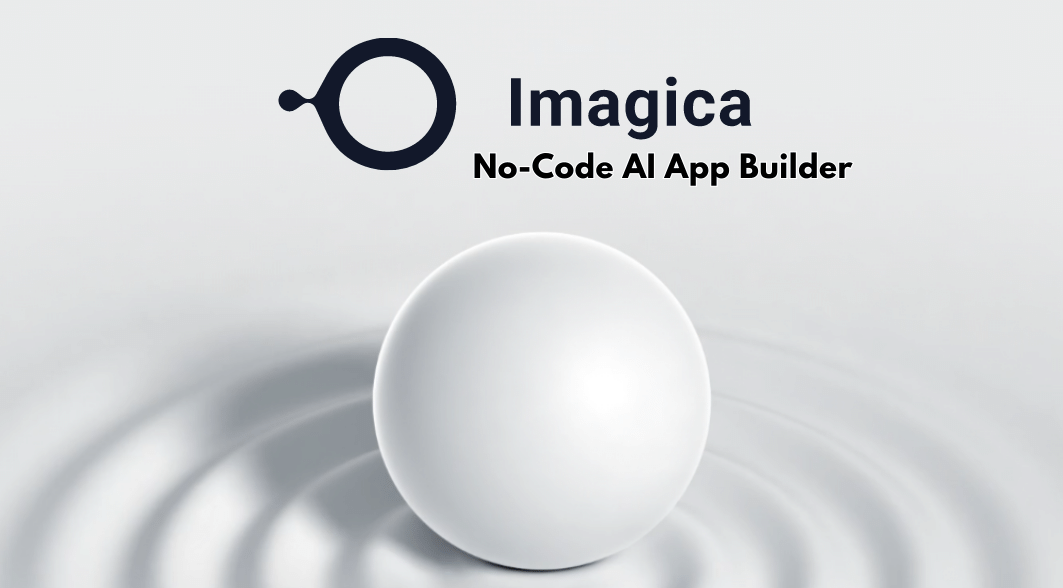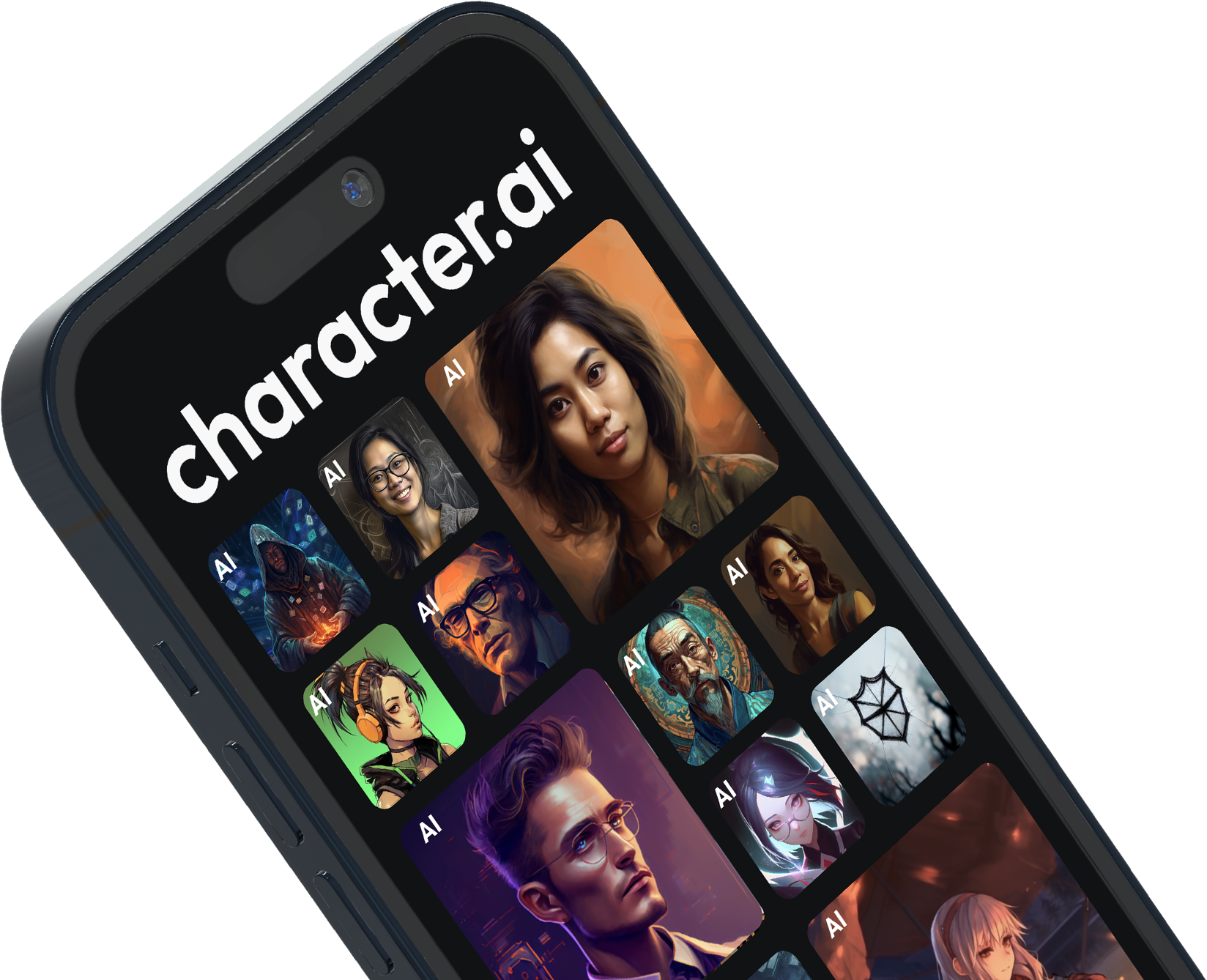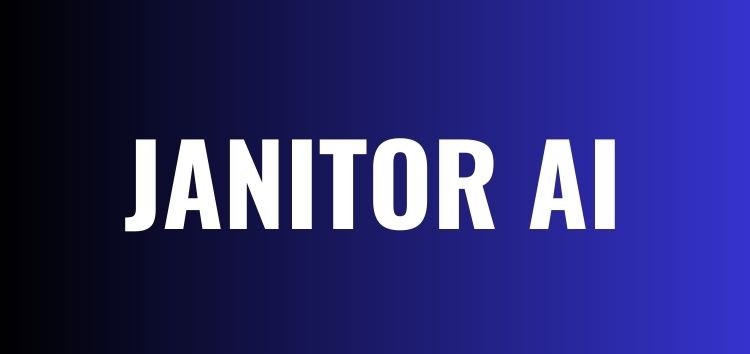Introduction
What is Artificial Intelligence in Healthcare?
In the ever-evolving field of healthcare, a silent revolution is underway. AI for medical field has emerged as a powerful force, redefining patient care, diagnosis, and treatment. In this blog post, we will journey through the remarkable ways AI is reshaping the healthcare industry, paving the path for a healthier and more efficient future.
Artificial Intelligence (AI) is transforming the healthcare industry. AI-powered systems are being used to improve the accuracy and efficiency of medical diagnosis, develop new drugs and treatments, personalize treatment plans, and assist with robotic surgery and telemedicine.
In this blog post, we will explore the many ways that AI is being used to improve healthcare. We will also discuss the challenges and opportunities of AI in healthcare, and the future of AI in this rapidly changing industry.
The primary objective of this blog is to go deeper into the transformative influence of AI on healthcare and how it is reshaping the medical landscape. We hope this blog will be a valuable resource for anyone who is interested in learning more about AI’s impact on healthcare.
Overview of AI's Impact on Healthcare
AI for Precision Medicine: The healthcare landscape is undergoing a profound transformation with the advent of Artificial Intelligence (AI). AI’s impact on healthcare is nothing short of a game-changer, revolutionizing diagnosis, treatment, and patient care.
In a world grappling with the challenges of an aging population, a surge in chronic diseases, and the need for more precise medical interventions, AI has emerged as a beacon of hope.
AI in healthcare involves the application of advanced algorithms and machine learning (ML) techniques to analyze vast medical datasets, making sense of the immense amount of information generated in the healthcare sector.
It leverages ML in healthcare, natural language processing, and computer vision to decipher complex medical data, empowering healthcare professionals and researchers to make data-driven decisions.
One of the most significant impacts of AI in healthcare is its ability to help doctors diagnose diseases more accurately and efficiently. AI systems can analyze large datasets of medical images, such as X-rays, MRIs, and CT scans, to identify signs of disease that may be missed by the human eye.
AI systems can also be used to analyze patient records and genetic data to identify patients who are at risk of developing certain diseases. AI is also playing a major role in the development of new drugs and treatments.
AI systems can be used to screen millions of potential drug candidates to identify those that are most likely to be effective and safe. AI systems can also be used to design new drugs and to predict how they will interact with the human body.
AI is also being used to personalize treatment plans for patients. AI systems can analyze data about a patient’s individual genetic makeup, medical history, and lifestyle to develop a treatment plan that is tailored to their specific needs. This can help to improve the effectiveness of treatment and reduce the risk of side effects.
Finally, AI is being or can be used to develop new tools and technologies for robotic surgery and telemedicine. AI-powered robotic surgery systems can perform complex surgeries with greater precision and accuracy.
AI is also being used to develop telemedicine platforms that allow patients to consult with doctors remotely. This can make healthcare more accessible and convenient for patients, especially those who live in rural or underserved areas.
Significance of AI in Improving Healthcare Outcomes
AI Medical Diagnosis: AI has the potential to significantly improve healthcare outcomes in a number of ways. By improving the accuracy and efficiency of medical diagnosis, AI can help doctors to identify diseases earlier and to develop more effective treatment plans. AI can also help to reduce the risk of medical errors and to improve the overall quality of healthcare.
In addition, AI can help to personalize healthcare for patients, which can lead to better treatment outcomes and reduced side effects. AI can also help to make healthcare more accessible and convenient for patients, especially those who live in rural or underserved areas.
Definition and Scope of AI Healthcare Technology
Artificial Intelligence (AI) in healthcare represents the application of cutting-edge technology to enhance artificial intelligence in medical diagnosis, treatment, and overall healthcare delivery.
AI systems are designed to mimic human intelligence, capable of analyzing vast datasets, recognizing patterns, and making informed decisions. The scope of AI in healthcare is expansive, encompassing various facets:
- Diagnose diseases more accurately and efficiently.
- Develop new drugs and treatments.
- Personalize treatment plans.
- Assist with robotic surgery and telemedicine.
- Improve the overall quality and efficiency of healthcare.
Historical Context: Evolution of AI in Healthcare
The use of AI in healthcare dates back to the 1970s, when the first AI-powered medical diagnosis systems were developed. However, it was not until the late 20th century that AI began to have a significant impact on the healthcare industry.
One of the major milestones in the evolution of AI in healthcare was the development of deep learning in the early 2000s. Deep learning is a type of machine learning that allows computers to learn from large amounts of data without being explicitly programmed.
This has made it possible to develop AI systems that can perform complex tasks, such as medical image analysis and drug discovery, with a high degree of accuracy.
In the 21st century, machine learning algorithms and deep learning techniques fueled rapid advancements in AI healthcare applications.
The availability of large healthcare datasets, coupled with improved algorithms, led to breakthroughs in disease detection, drug discovery, and personalized medicine.
Key AI Technologies in Healthcare
There are a number of different AI technologies that are being used in healthcare today. Some of the most important AI technologies in healthcare include:
Machine Learning (ML): ML algorithms analyze large datasets to identify patterns and make predictions. In healthcare, ML is used for diagnosis, patient risk assessment, and treatment optimization.
Natural Language Processing (NLP): NLP enables computers to understand and process human language. It’s crucial for extracting information from medical records, research papers, and clinical notes.
Computer Vision: Computer vision algorithms interpret and analyze visual information from medical images, making them valuable tools for radiology, pathology, and dermatology.
Robotics and Automation: Robotic surgical systems, guided by AI, enhance the precision of surgical procedures. In healthcare facilities, robots assist with tasks like medication dispensing and patient care.
As AI continues to evolve, it holds immense promise for revolutionizing healthcare, offering improved accuracy, efficiency, and patient care, while simultaneously addressing some of the industry’s most pressing challenges.
Applications of AI in Healthcare
AI in Disease Diagnosis and Prediction
AI is already being used to improve the accuracy and efficiency of disease AI diagnosis. AI-powered systems can be used to analyze medical ai images, patient records, and genetic data to identify patterns that are associated with different diseases.
This can help doctors to diagnose diseases earlier and more accurately, which can lead to better treatment outcomes.
For example, AI-powered systems are being used to diagnose cancer, heart disease, and other diseases more accurately than ever before. Predicting cancer like Mesothelioma using supervised machine learning. AI is also being used to develop new tools and techniques for disease prediction.
For example, AI is being used to develop models that can predict a mesothelioma causes or patient’s risk of developing certain diseases based on their age, lifestyle, and medical history.
This can help doctors to identify patients who are at high risk of developing certain diseases and to take steps to prevent them.
AI in Treatment Recommendations and Personalized Medicine
AI can also be used to develop personalized treatment plans for patients. AI systems can be used to analyze a patient’s individual medical history, genetic makeup, and other factors to identify the best treatment options for that patient. This can assist to increase the efficacy of the medication and lower the chance of adverse effects.
AI can be utilized to create individualized cancer treatment regimens for patients. For example: AI can be used in mesothelioma treatments or therapy. AI is also being used to develop new drugs and treatments that are tailored to specific patient populations.
This is leading to a new era of personalized medicine, where each patient receives the best possible treatment for their individual needs.
AI in Patient Care and Monitoring
AI can also be used to improve patient care and monitoring. AI-powered systems can be used to track a patient’s vital signs, monitor their progress, and identify potential complications.
This can help doctors to provide better care to their patients and to prevent problems before they occur.
For example, AI-powered systems are being used to monitor patients with chronic diseases, such as diabetes and heart disease. AI is also being used to develop new tools and techniques for remote patient monitoring.
This can help patients to receive care from the comfort of their own homes and can reduce the need for hospitalization.
AI in Administrative Tasks and Healthcare Operations
AI can also be used to automate administrative tasks and improve healthcare operations. AI-powered systems can be used to schedule appointments, process claims, and manage medical records.
This can free up healthcare workers to focus on patient care and can improve the efficiency of the healthcare system.
For example, AI-powered systems are being used to schedule appointments at hospitals and clinics. AI is also being used to develop new tools and techniques for fraud detection and prevention.
This can help to reduce the cost of healthcare and improve the quality of care.
Benefits of AI in Healthcare
Artificial Intelligence (AI) has rapidly emerged as a game-changer in the healthcare industry, offering a plethora of benefits that transform patient care and streamline operations. Here are the key advantages of AI in healthcare, presented concisely:
Improved Accuracy and Efficiency in Diagnosis
Precision Diagnosis: AI driven healthcare tools analyze medical images and data with unmatched accuracy, reducing the likelihood of misdiagnosis.
Faster Results: AI expedites diagnosis, enabling prompt treatment decisions and faster patient recovery.
Consistency: AI maintains a consistent level of diagnostic accuracy, regardless of factors like fatigue or time of day.
Enhanced Treatment Outcomes and Patient Care
Personalized Treatment: AI tailors treatment plans based on patient-specific data, optimizing effectiveness and reducing side effects.
Timely Interventions: Real-time patient monitoring by AI for medical devices ensures early intervention, preventing complications and improving overall care.
Patient Engagement: AI-driven apps and telemedicine enhance patient engagement, leading to better adherence to treatment plans and healthier outcomes.
Reduction in Healthcare Costs
Efficient Resource Allocation: AI optimizes resource allocation in hospitals, reducing unnecessary tests, treatments, and hospital readmissions.
AI in Preventive Healthcare: Predictive analytics by AI helps in identifying high-risk patients and providing proactive care, which reduces long-term healthcare in AI costs.
Lower Administrative Expenses: Automation of administrative tasks by AI systems reduces labor costs and minimizes billing errors.
Streamlined Administrative Processes
Efficiency Gains: AI automates administrative tasks like medical coding, billing, and appointment scheduling, reducing errors and improving efficiency.
Improved Patient Experience: Faster and more accurate administrative processes result in a smoother and more convenient experience for patients.
Focus on Patient Care: AI takes the administrative burden off healthcare staff, allowing them to concentrate on patient care and clinical tasks.
Accelerated Drug Discovery
AI Healthcare Research: AI analyzes vast datasets to identify potential drug candidates, accelerating the drug discovery process.
Reduced Costs: AI-driven simulations and predictive analysis modeling reduce the time and resources required for drug development, ultimately leading to cost savings.
Personalized Medicine: AI helps in identifying patient-specific responses to medications, paving the way for personalized treatment regimens.
AI Challenges and Ethical Considerations
Data Privacy in AI and AI Data Security
- Large volumes of data are needed to train and run AI systems efficiently.
- This raises concerns about the privacy and security of patient data.
- It is important to develop and implement robust data privacy solutions and security measures to protect patient data from unauthorized access and use. Also read, 2023 (Data Breach Investigations Report) DBIR Verizon.
- AI algorithms can be biased if the data they are trained on is biased.
- As a result, AI systems may decide in an unfair or biased manner.
- It is important to develop and implement methods to mitigate bias in AI algorithms and to ensure that AI systems are fair and equitable.
- There are a number of regulatory and legal challenges associated with the use of AI in healthcare.
- For example, it is important to ensure that AI systems comply with relevant data privacy and security laws.
- It is also important to address the ethical and legal implications of using AI systems to make decisions about patient care.
- AI is likely to automate some healthcare jobs, such as billing and coding.
- However, AI is also likely to create new jobs in the healthcare sector, such as AI engineers and AI ethicists.
- It is important to develop strategies to ensure that healthcare workers are prepared for the changing job landscape and that they have the skills they need to succeed in the age of AI.
- It is important to ensure that AI systems in healthcare are transparent and accountable.
- This means that patients should be able to understand how AI systems are being used to make decisions about their care.
- It also means that there should be mechanisms in place to hold AI systems accountable for their decisions.
Real-world Examples and Success Stories
Prominent AI Applications in Healthcare
IBM Watson for Oncology: IBM Watson for Oncology is an AI system that helps doctors to develop personalized treatment plans for cancer patients. Watson can analyze large amounts of data, including patient records, medical literature, and clinical trials data, to identify the most effective treatments for individual patients.
Google Health’s Medical Imaging AI: Google Health is developing AI systems that can help doctors to diagnose diseases more accurately and efficiently. For example, Google Health’s AI system for breast cancer screening can identify cancer cells in mammograms with greater accuracy than human radiologists.
Robotics-Assisted Surgeries: Robotics-assisted surgery is a type of surgery that is performed using robotic arms. Robotic surgery can help surgeons to perform complex surgeries with greater precision and accuracy than traditional surgery.
Future of Artificial Intelligence in Healthcare and Medicine
Emerging AI Trends and AI Technologies
Quantum Computing in Healthcare
- Superior Processing Power: Quantum computers have the potential to process vast healthcare datasets at unprecedented speeds.
- Drug Discovery Revolution: Quantum computing can simulate molecular interactions, revolutionizing drug discovery and accelerating the development of new treatments.
- Personalized Medicine: Quantum computing enables rapid analysis of individual genetic profiles, facilitating personalized treatment plans.
AI-Powered Genomics
- Genomic Sequencing: AI enhances the speed and accuracy of genomic sequencing, unlocking insights into genetic factors impacting health.
- Targeted Therapies: AI analyzes genomic data to identify optimal treatments for genetic diseases and cancers.
- Early Disease Prediction: AI-driven genomics can predict disease risk based on genetic markers, enabling early intervention.
Role of AI in Global Health Challenges
- Rapid Data Analysis: AI rapidly processes pandemic-related data, aiding in the tracking and containment of outbreaks.
- Vaccine Development: AI accelerates vaccine development by predicting viral protein structures and identifying potential vaccine candidates.
- Drug Repurposing: AI identifies existing drugs that may be repurposed for treating new or emerging diseases.
- Personalized Healthcare: AI tailors treatment plans to individual patients, reducing healthcare disparities based on demographics or location.
- Remote Healthcare: AI enables telemedicine and remote monitoring, ensuring access to care in underserved areas.
- Data-Driven Equity: AI analyzes healthcare data to identify disparities and guide policies for equitable healthcare provision.
Conclusion
AI is revolutionizing healthcare with its potential to improve diagnosis, treatment, and patient care. While challenges exist, the benefits of artificial intelligence in healthcare are clear. AI has the potential to make healthcare more accessible, affordable, and effective for all.
In conclusion, AI in healthcare represents a transformative force that is reshaping the medical landscape as we know it. Its applications span from diagnosis and treatment recommendations to patient care and administrative tasks, offering unparalleled accuracy, efficiency, and personalized care.
While the benefits are profound, challenges such as data privacy, bias, and regulatory complexities must be addressed responsibly.
Nonetheless, the future of healthcare is undeniably intertwined with AI, promising improved patient outcomes, reduced costs, and a more accessible, equitable, and innovative healthcare system for all.











